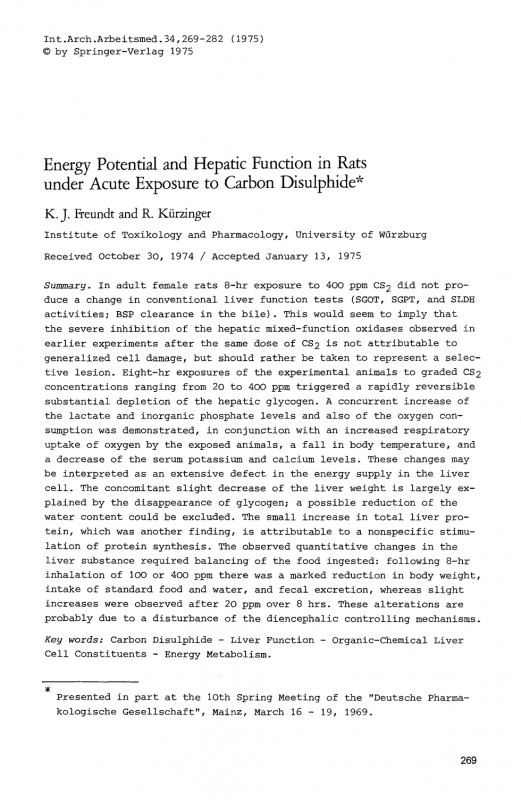Schizofreni Orsaker
(japp nu åker den halvfärdiga artikeln ut – flera månader senare)
En mer och mer utbredd uppfattning är att immunsystemet har en ganska god roll i att introducera sömn, något som också sker när systemet är utmattad, behöver bearbeta infektioner via feber etc, då kan den generella vakenhetsnivån sänkas till förmån för att kunna bekämpa infektionen eller inflammationen effektivt. Jag tycker det finns mycket som tyder på att sömn kan betraktas som ett naturligt hiberneringsläge som också kan introduceras av andra orsaker tex inflammation, allvarliga skador, syrebrist, svält, sömnderivering. Eller bara följderna av en helt vanlig upercut.
Det centrala ledordet är egentligen protonmedvetandet
Det finns så många sagor om så mycket annat men människan har helt enkelt en massa sinnen som det sällan talas om, den som inte förstår att människan till och med på tungan har protondetektorer kanske har ett surt efterspel att räkna med. Men vi har gravitationsreceptorer osv och ja de är sinnen. Några centrala sinnen torde rimligtvis vara temperatur och gasregleringssinnet,det är inte helt o-avancerade sinnen och de fungerar ofta så bra att du kan strunta i dem som allt annat som fungerar bra, det kanske är därför du bryr dig så mycket om dig själv? Själva ordet gas kommer från ordet chaos och det kan vara lätt att förstå för den som tittar närmare på det.
Den dagliga diskrimineringen – motsatsen till koncentreringen
Vad sinnena egentligen gör att att lämna underlag för den dagliga diskrimineringsprocessen. Ja, människan diskriminerar och gör det hela tiden. Det kan vara motsatsen till att koncentrera något, eller rättare sagt för att kunna koncentrera dig på en speciell sak så måste du diskriminera alla andra stimuli som du likförbaskat ändå har i din närhet – det är lagen om diskriminering – Personer med Schizofreni är inte alls lika diskriminerande som de flesta andra. De går inte i cirklar lika lätt som andra och är mer gränslösa när det gäller den vanliga cirkelgången i det planetära systemet. Det cirkadiska livets allmänhet.
Gasregleringen under sömn
Jag tycker det finns mycket som tyder på att sömn kan betraktas som ett naturligt hiberneringsläge som också kan introduceras av andra orsaker tex inflammation, allvarliga skador, syrebrist, svält, sömnderivering. Det finns väldigt många pilar som pekar i riktning mot att Schizofreni har sitt ursprung i en djup hibernering. Det förefaller vara reaktionen på en inflammation som försämrar allmäntillståndet såpass att det loopar. Gasregleringen är sämre hos de flesta under sömnen, en intressant fråga är när skulle immunsystemet tycka att sömn inte är ok, antagligen under tillstånd där det föreligger obalans i gasbilden eller under svält, vid bägge tillstånden kommer en hibernerande halvdvala att introduceras, något som också kan ske vid det mer systematiska inflammationstillståndets sepsis.
Funktionsalgoritmen i drömtillståndens anatomi
När du ska byta motorn på en bil, så står oftast bilden still på en verkstad, när du byter minne på en dator så slår du kanske av strömmen? När du laddar batterierna så använder du kanske inte så ofta batterierna samtidigt. När din dator har varit avskärmad från aktivitet en tid så kanske det går igen en så kallad skärmsläckare?
Precis så kan grunderna till sömnanatomin se ut. Den generella medvetandenivån kan anses skifta stort under dygnet på flera sätt, men gör den verkligen det? Eller är det snarare så att den styrbara delen av medvetandet ändras men den generella verklighetsbilden ständigt har samma storlek? I så fall så skulle en hand som kapats av i en olycka fortfarande kunna klia, eller signalen om att den kliar fortfarande gå fram. I så fall så skulle den som berövas på alla sina sinnesintryck efter en tid börja producera egna och i dag vet vi att så är fallet. Som vi skrev lite mer mytologiskt tidigare så är det just ensam i dödskallegrottan som de gamla historierna finns, där ligger minnenas funktionella anatomi lagrad som släktkrönikor från en tid till en annan. När intrycken sina vaknar fantomsinnet.
Vikten av protonuppladdning-orkestreringen av joner i hjärnans olika delar, varför skulle du drömma mardrömmar i anknytning till speciella händelser om det inte hade en funktion? Råttor som berövats sömn dör efter en tid i ett stereotyp symtomatisk effektkaskad där temperaturregleringen och kolhydratkontrollen är satta ur spel, råttorna gick ned i vikt trotts att de åt mer osv.
Schizofreni och mitokondrier
Det finns dock en annan tänkbarhet. Mitokondrierna kommer från början för flera hundra miljoner år sedan från en främmande organism men är nu inbyggda i cellerna, celler begår regelbundet självmord s.k. apoptosis. Men vad skulle hända om cellernas apoptosmönster avviker från det gängsle, eller om cellernas konnektivitet avviker från det gängse? Kanske så skulle yttre påfrestningar på cellen få ett annat resultat och cellväggen lättare brista med följden att hela eller delar av mitokondrien åker ut i kroppen.
Hur skulle då immunsystemet uppfatta en mängd lösa mitokondrier som visar sig lite här och där? Sannolikt så skulle de uppfattas som ganska likt den främmande infektion de en gång i tiden faktiskt också var, eller precis som systemet skulle uppfatta en allvarlig muskelskada tex en hjärtattack. Skadan uppfattas som så allvarlig för att ämne som inte ska finnas i blodet nu finns där.
Fåglar och drömmar
Fåglar tillhör de djur som har extrema krav på sin gasreglering, under maximal ansträngning högt uppe i atmosfären ska de suga i sig luft som är extremt tunn, syrefattig och väldigt kall. Fåglar är också de enda förutom däggdjuren som sover REM-sömn. REM-Sömnen hos både däddjur och fåglar har det gemensamt att just temperaturregleringen återuppbyggs så starkt under REM-Sömnen, något som visar på att den har strikt funktionella grunder.
Vid sömn är inte temperatur och gaserna lika reglerade
Vad har nu då detta med REM-sömn att göra med NREM-sömn? Tja sömen har flera bitar och om sömnen bara skulle vara enkelt som ett enda ord så skulle meningen av varenda del och totala betydelse förändras om en bokstav försvann, eller hur? Har du bara några bitar kvar kommer du att ha brist på ordets hela mening även efter att punkten är avslutat, eller hur ers excellens?
Tillåter ni mig att jag tillstår att påstå att den som inte fått en ordentlig djupsömn kommer att uppvisa brister på många sätt och försöka ta igen detta på alla sätt.Vid schizofreni är termoregleringen och CO2 reactiviteten betydligt långsammare än annars. Två väldigt grundläggande egenskaper för att kunna följa med cirkelgången i planetära system.
REM sömnens evolution hos däggdjur och fåglar orkestrerades från samma stamträd för flera miljoner år sedan. Både fåglar och däggdjur försöker ha samma temperatur oavsett var de befinner sig , och båda fåglar och däggdjur har en märkbar kognitiv kompetens. Restaurering av värmeregleringssystemen kapacitet är ett starkt bevis funktion av REM-sömn. När det gäller eventuell förbättring av kognitiv förmåga av REM, är det betecknande att både fåglar och däggdjur kan lösa problem och att båda kan skapa former för verbal kommunikation (”primitiva språk”) ((Bara myten om att det skulle finnas något annat än primitiva språk är intressant. Och det bör vara den renaste definitionen av fundamentalt inavlad kackafoni.)) när något måste överföras beror det väl vanligtvis på en brist? Vad fan trodde du egentligen språk handlade om?
López-Barneo: Why doesn’t the high affinity pathway contribute to the membrane
potential, whereas the low affinity pathway does?
Acker: The electrical potential between mitochondrial complex I and complex IV
establishes the proton motive force and hence the MMP. The unique a592 would
according to our model make complex IV more negative even at high pO2 levels
and would therefore lower the mitochondrial membrane potential and impair Ca2+
buffering.
. With respect to the possible enhancement of cognitive skills by
REM, it is significant that both birds and mammals are capable of problem solving and
both can generate forms of verbal communication (‘primitive language’)
Ja, så här hackat blir det ibland, vi kommer antagligen att återkomma till många av områdena senare.
DSIP Schizofreni och Djup-Sömn 1
DSIP Schizofreni och Djup-Sömn 2

